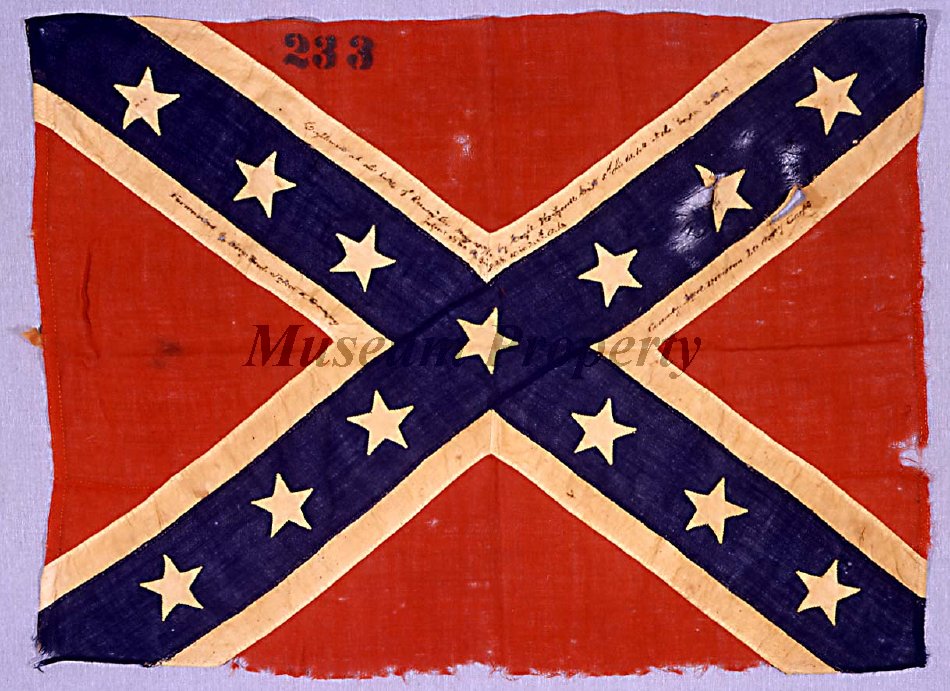Benjamin Harrison to his wife Carrie:
It is wonderful how much skill and labor Johnston has expended on defensive works from Dalton to this place. He has these defensive line prepared in advance, or rather in his rear, and when we flank him out from his line he has only to fall back to another a few miles to the rear, then we are forced to make such movements as will force him to retreat again, and so the campaign has dragged along.
Those who blame Sherman for what they call inactivity ought to serve under him for a few days & make a survey of, or an assault on, one of Johnston’s defensive lines & they would take a new view of it.
As you have never seen one of these field works, I must try to give you an idea of what an assaulting column has to overcome. In the first place in advancing you will come at 1000 yards from the enemy’s works into a “tangle,” that is, all the small trees and some & some larger ones are felled crosswise so that you have to make your way through a continual succession of tree tops. As you get nearer say 300 yards, you come to an “abatis” which consists of tree-tops laid with the bushy ends towards you, all the leaves trimmed off and every branch twig sharpened so that it will catch in the clothes. If you succeed getting through this, you will find about 20 yards from the rifle pits two lines of stakes about 12 feet long, set about four feet in the ground and inclining towards you, the upper end being sharpened and stakes set so close that a man can’t pass between them. If you can stand the deadly stream of musketry fire until you can dig up or down these stakes, you will have no other obstacle save the climb of the breastworks and a line of bayonets jetting up inside. In some places they also have what the boys call “horse rakes”, but technically called “Cheval de frise”. These are made by boring large auger holes through logs 20 feet long or so, at right angles, and putting through them long oaken stakes or pines sharpened at both end so that however many times you may turn the thing over, there is ways an ugly line of sharpened stakes sticking out towards you.
I would like to see a few thousand of the “On to Atlanta” civilians of the North charging such a line of works. Most of the tender skinned individuals of this class would require help to get into the works if they were empty.
Benjamin Harrison, July 10, 1864, near Atlanta, Georgia



